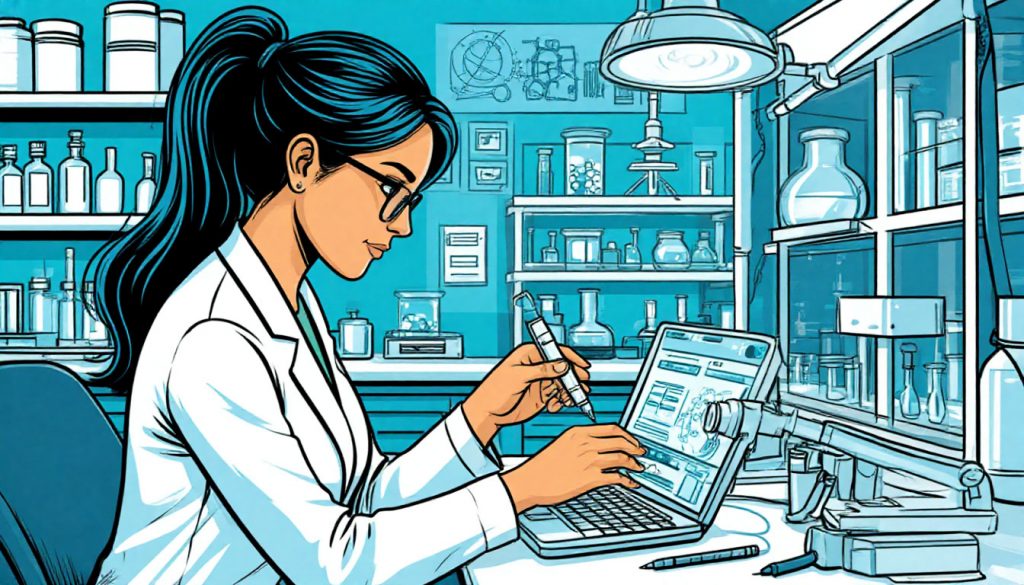Automated laboratories are transforming scientific research by integrating robotics, artificial intelligence, and advanced data systems to conduct experiments with minimal human intervention. These next-generation labs promise faster results, higher precision, and the ability to handle vast amounts of data — paving the way for groundbreaking discoveries.
What Is Laboratory Automation?
Laboratory automation involves using robots, automated instruments, and software systems to perform experimental tasks traditionally done by human scientists. These tasks can include sample preparation, measurement, data analysis, and even decision-making for the next steps in the research process.
Key Technologies in Automated Labs
- Robotic arms – Handle delicate instruments, move samples, and perform repetitive actions without fatigue.
- Automated liquid handling systems – Precisely measure and transfer liquids, essential for chemistry and biology experiments.
- AI-driven analysis – Processes large datasets to identify patterns, optimize procedures, and predict results.
- High-throughput screening – Runs thousands of tests simultaneously to speed up discovery in drug development and materials science.
- Remote monitoring – Allows scientists to control experiments from anywhere via cloud-based platforms.
Advantages of Automated Laboratories
- Speed – Experiments can be performed around the clock without breaks.
- Accuracy – Reduces human error in repetitive or complex procedures.
- Efficiency – Maximizes the use of resources and minimizes waste.
- Reproducibility – Ensures consistent results across multiple trials.
Applications Across Fields
- Pharmaceutical research – Faster drug discovery and testing.
- Genomics – Rapid sequencing and data interpretation.
- Material science – Discovery of new alloys, polymers, and composites.
- Environmental studies – Continuous monitoring of water, soil, and air quality.
Challenges Ahead
Despite the benefits, implementing fully automated labs requires significant investment, skilled technical support, and robust cybersecurity to protect sensitive data. Additionally, scientists must adapt to a new role — supervising, interpreting, and improving automated processes rather than performing every step manually.
The Future of Scientific Work
In the coming decades, laboratories may become fully autonomous, with AI not only running experiments but also designing them. This shift will free human researchers to focus on creativity, theory, and cross-disciplinary innovation, ushering in a new era of science without boundaries.
Glossary
- High-throughput screening – A method for quickly testing large numbers of samples for activity.
- Genomics – The study of the complete set of DNA in an organism.
- Reproducibility – The ability to achieve the same results under the same conditions.
- Automation – The use of machines and software to perform tasks with minimal human input.
- Cloud-based platform – Online infrastructure that allows remote data storage, processing, and control.


